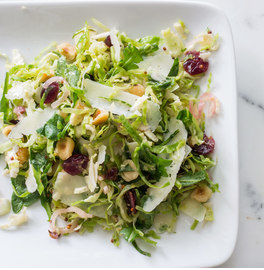INGREDIENTS
Red = my own modifications
- 1 cup quinoa
- Salt
- ½ cup chopped fresh cilantro (I probably added 1 1/4 cup)
- ¼ cup chopped scallions (I probably added closer to 1/2 cup)
- 1 tablespoon sriracha (I added a little extra)
- Freshly ground black pepper
- 2 tablespoons olive oil
- Lime wedges for serving
- I added 1/2 onion and a green pepper
PREPARATION
- Chopped onion and pepper finely chopped then fried in a little oil then set aside
- Put the quinoa, a large pinch of salt and 2 1/4 cups water in a medium saucepan. Bring to a boil, and then adjust the heat so that the mixture bubbles gently. Cover, and cook, stirring once, until the grains are very tender and begin to burst, 25 to 30 minutes. When they are starchy and thick, transfer them to a large bowl to cool for a few minutes.
- Heat the oven to 200. Fold the cilantro, scallions, and sriracha (also pepper and onion if you added them) into the quinoa, and add a (very) generous sprinkle of salt and pepper. With your hands, form the mixture into 8 patties.
- Put 1 tablespoon olive oil in a large skillet over medium heat. When the oil is warm, cook 4 cakes at a time until the bottoms are nicely browned and crisp, about 4 minutes. Flip, and brown on the other side, another 4 minutes. Transfer the cakes to the oven to keep warm while you cook the second batch with another tablespoon of oil. Serve with lime wedges.


